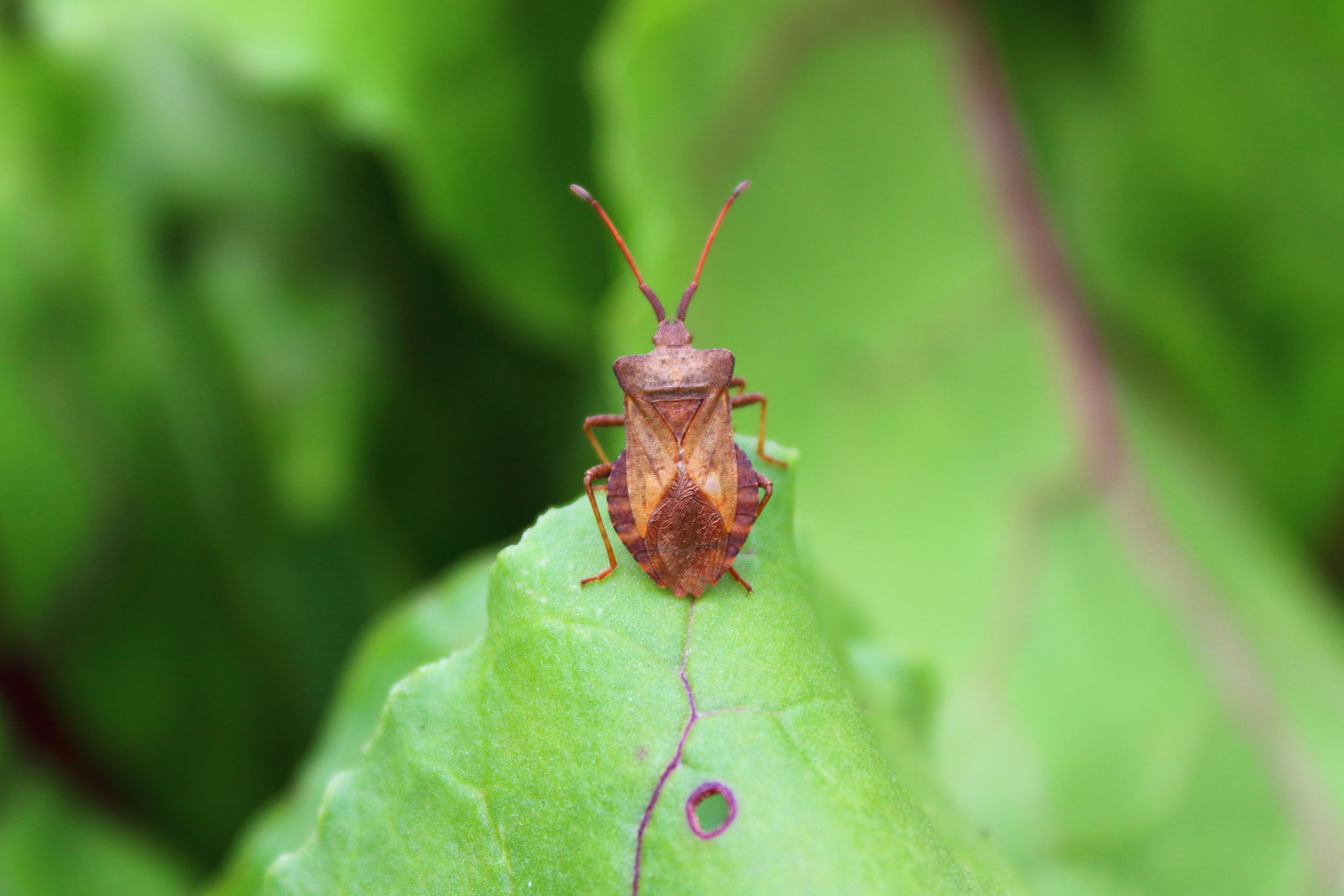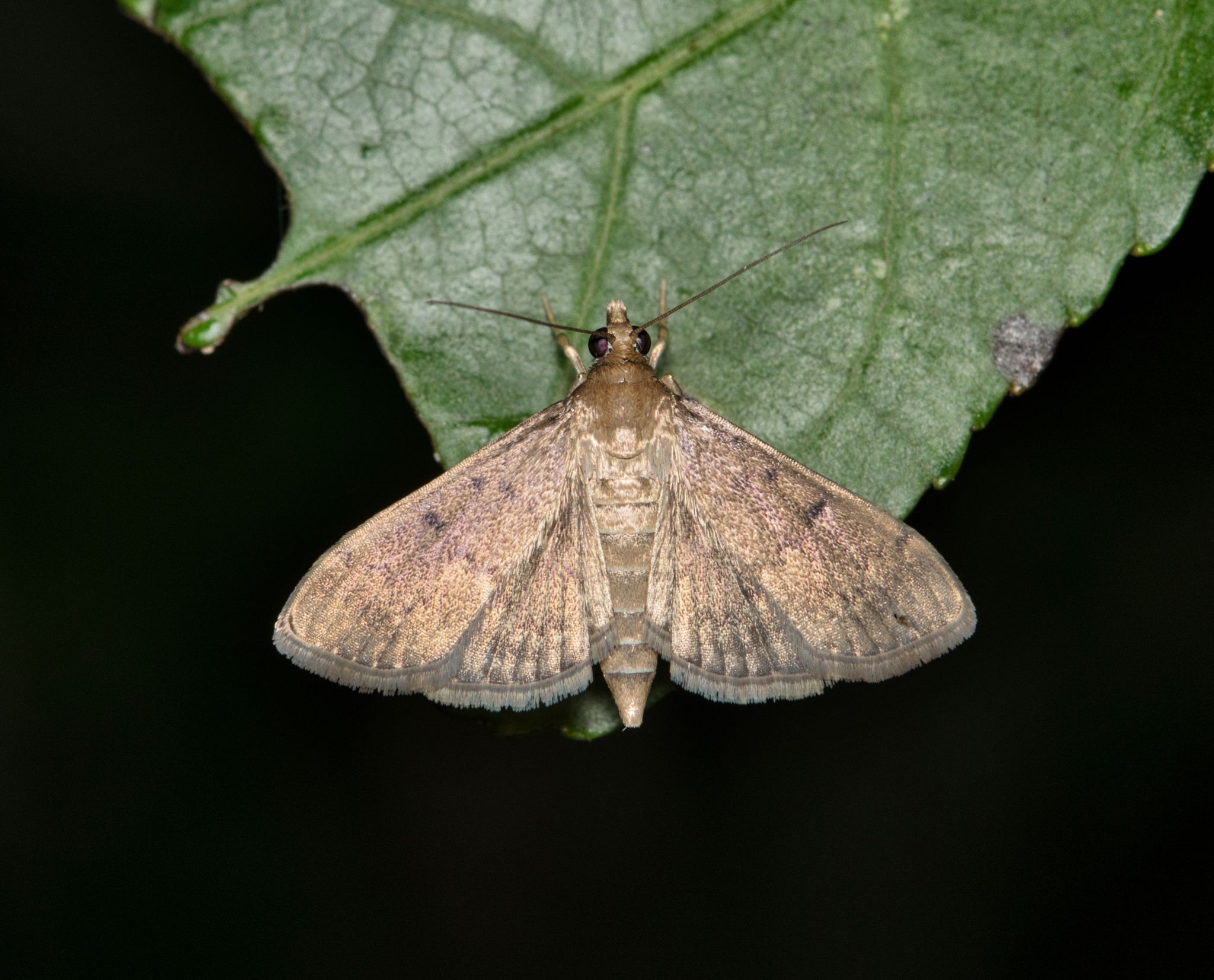Expert Advice on Dealing with Common Lawn Pests in Virginia
Understanding Common Lawn Pests in Virginia
Maintaining a lush, green lawn in Virginia can be quite the challenge, especially when you're up against some persistent pests. Understanding the types of pests that frequently invade lawns in this region is the first step toward effective management. Among the most common are grubs, chinch bugs, and sod webworms. Each of these pests brings its own set of challenges, but with the right strategies, they can be managed effectively.

Identifying Grubs and Their Impact
Grubs, the larvae of various beetles, are notorious for wreaking havoc on lawns by feeding on grass roots. This feeding can result in brown patches and spongy areas that easily lift away from the soil. The best time to look for grubs is late summer when they are most active near the surface.
To determine if grubs are the cause of your lawn's distress, you can conduct a simple test. Cut a small section of turf and peel it back to check for white, C-shaped larvae. If you find more than ten grubs per square foot, it's time to take action.
Chinch Bugs: Tiny but Troublesome
Chinch bugs are another common lawn pest in Virginia that can cause significant damage. These tiny insects suck the sap from grass blades, leading to yellowing and browning patches that often go unnoticed until significant damage has occurred. Chinch bugs thrive in hot, dry conditions, making late spring and summer their peak activity periods.

Spotting a chinch bug infestation requires keen observation. The bugs are small, with adults measuring about 1/5 inch long. To check for their presence, part your grass and examine the soil surface closely.
Sod Webworms: Nighttime Nibblers
Sod webworms are the caterpillar stage of lawn moths and are known for feeding on grass leaves at night. The damage they cause appears as irregular brown patches, which can be mistaken for drought stress. These pests are most active in late spring through early fall.
During the day, sod webworms hide in silk-lined tunnels in the thatch layer of your lawn. To confirm an infestation, look for small green pellets of frass (insect waste) around the base of grass plants.

Effective Pest Management Strategies
Prevention and Cultural Controls
The most effective way to manage lawn pests is to prevent them from becoming a problem in the first place. Start with proper lawn care practices such as regular mowing, watering, and fertilization. A healthy lawn is more resilient to pest infestations. Additionally, consider overseeding with pest-resistant grass varieties to bolster your lawn's defenses.
Biological and Chemical Solutions
If pest populations become unmanageable, biological and chemical controls may be necessary. Beneficial nematodes are a natural option for controlling grubs and other soil-dwelling pests. For chinch bugs and sod webworms, insecticidal soaps or botanical insecticides can provide relief without causing harm to beneficial insects.
When using any chemical treatments, always follow label instructions carefully to avoid damage to your lawn or surrounding environment.
Conclusion: Monitoring and Maintenance
Regular monitoring is crucial for maintaining a healthy, pest-free lawn in Virginia. By being proactive and staying informed about potential pests and their control methods, you can enjoy a beautiful lawn year-round. Remember, prevention is always easier than dealing with an established infestation, so keep an eye out and act swiftly at the first sign of trouble.